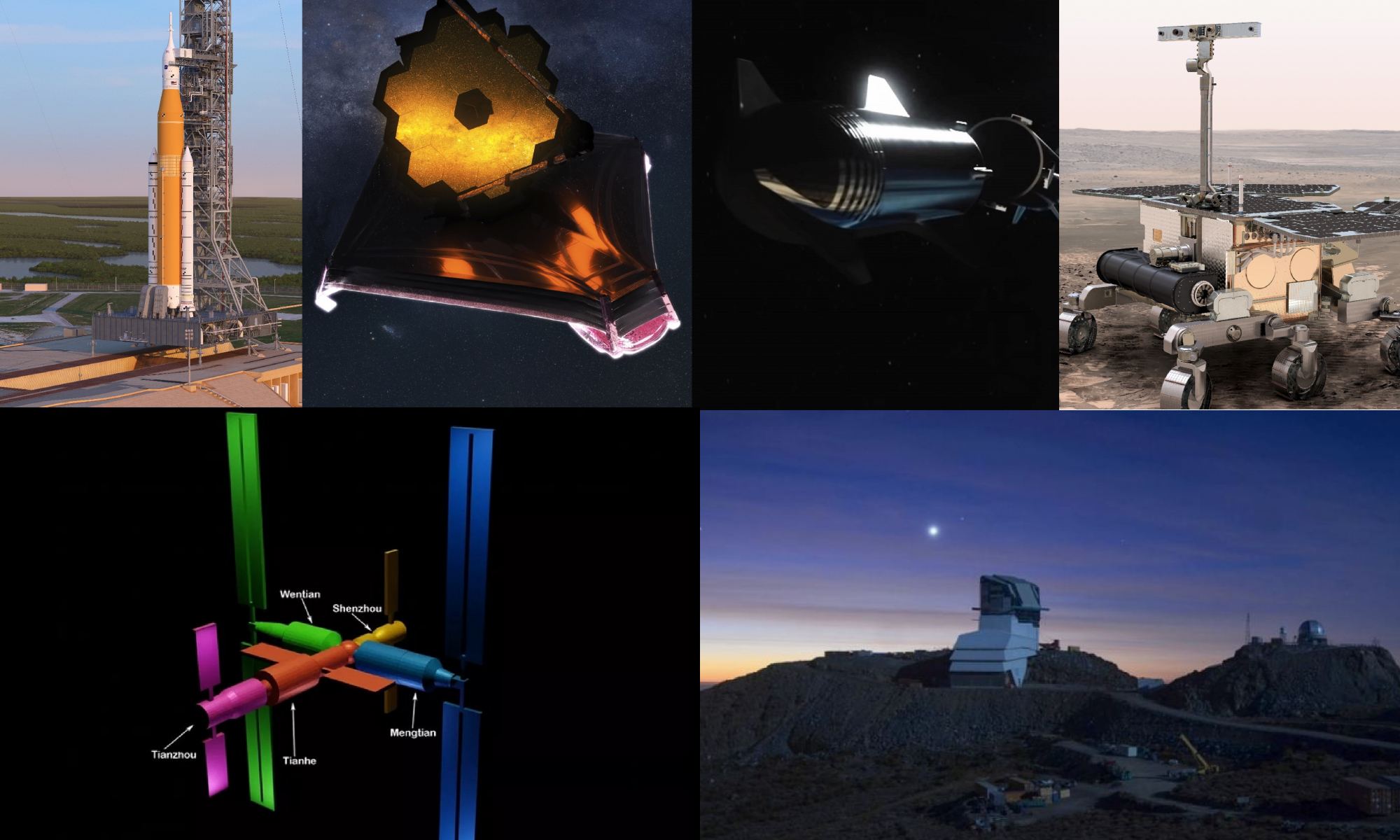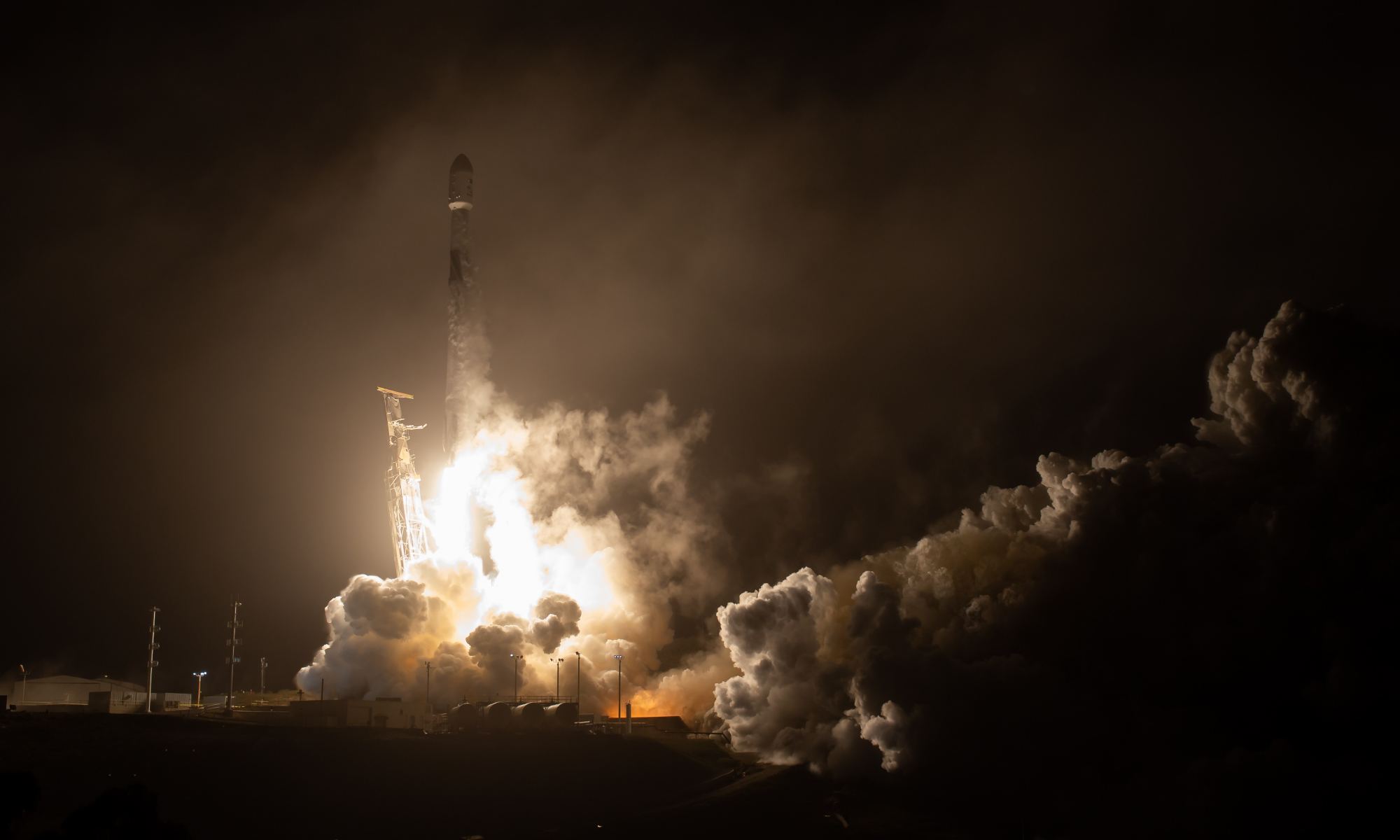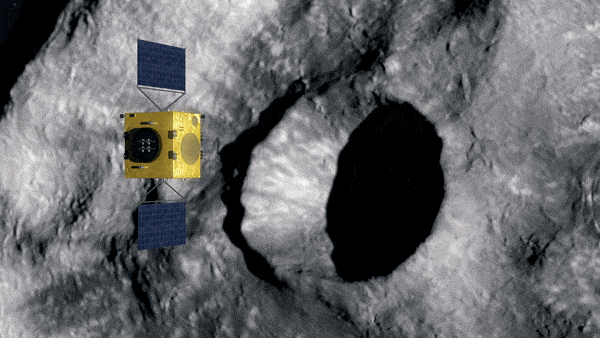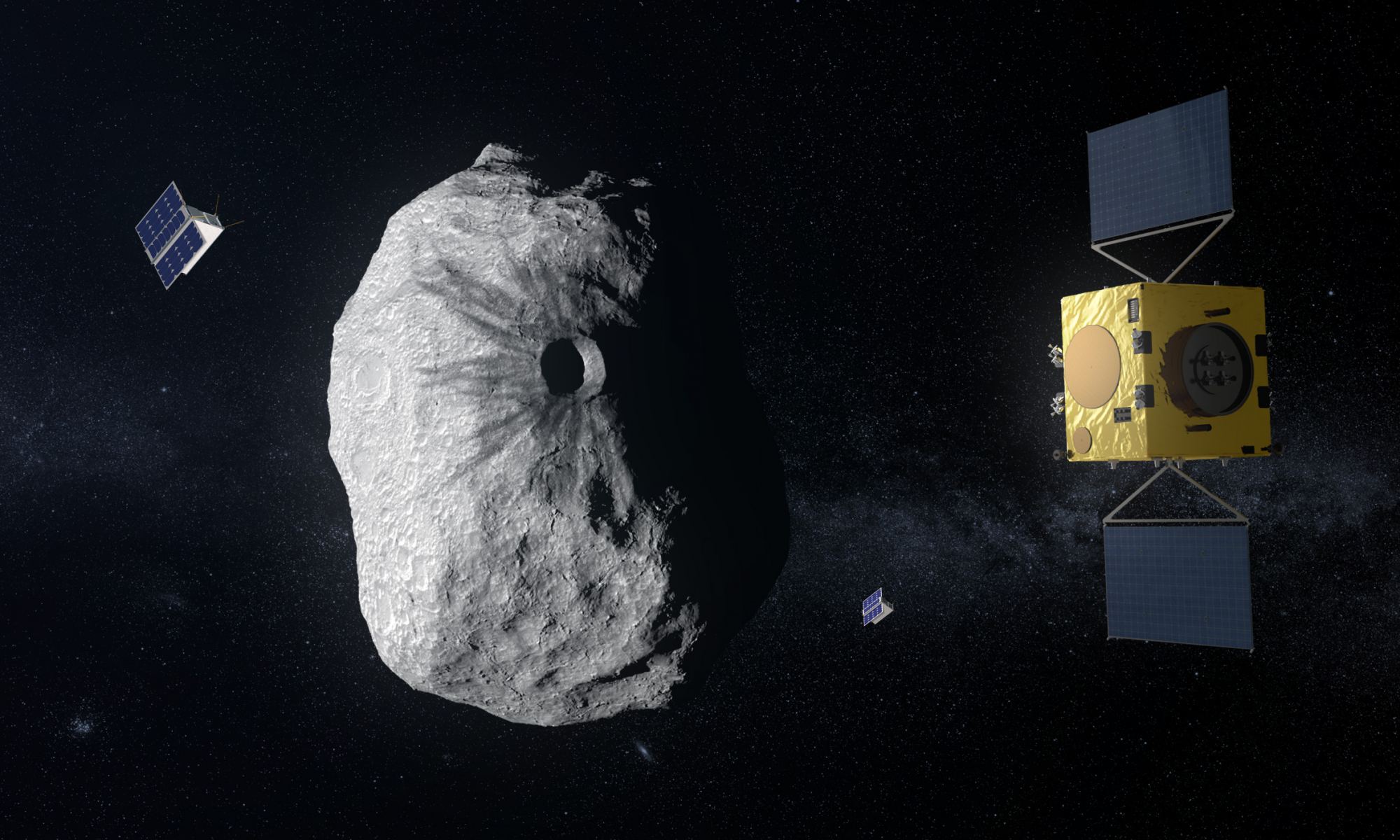NASA’s Double Asteroid Redirection Test (DART) mission is on its way to rendezvous with the double-asteroid Didymos. When it arrives on September 26th, DART will collide with Dimorphos – the 160-meter (525-foot) moonlet that orbits the main body – to evaluate the kinetic impact technique for the very first time. This proposed method of planetary defense consists of a spacecraft colliding with an asteroid to alter its orbit and prevent it from colliding with Earth. In July, DART took its first image of the double-asteroid, which NASA released earlier this week!
Continue reading “DART Sees Asteroid Didymos for the First Time. In two Weeks, it’ll Crash Into its Moon”DART Sees Asteroid Didymos for the First Time. In two Weeks, it’ll Crash Into its Moon







